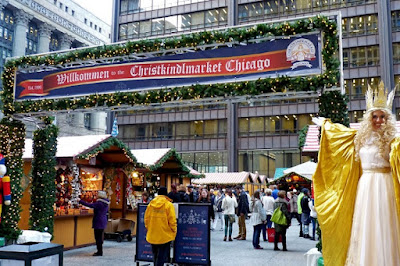 Reprinted from September 2003:
Reprinted from September 2003: Karl Marx would probably not have been a fan of Major League baseball, but even if he was, he most certainly wouldn’t have been a Cubs fan. As one of the oldest teams in Major League Baseball, the Cubs have been able to maintain the longest losing streak in the Majors - nearly ninety-four years without a World Series trophy. Much of that losing streak has been played out at Wrigley Field, the second oldest ballpark in the Majors. However, the Cubs have continued to pack the park with frivolous fans. The ballclub has been consistently one of the highest grossing teams in Major League Baseball. Wrigley Field has been a major contributor of that capitalist success.
Wrigley Field has been owned by wealthy businessmen (Charles Weeghman, The Wrigley Family and currently, the Chicago Tribune Company) since it’s creation in 1914. The creation of the park was to make money for its owner. This is Marx’s material base; the physical ballpark owned by a businessman who can use the structure to make money.
However, the stadium alone is not going to attract consumers. Wrigley Field needs a superstructure.
The first and most obvious addition to the park is a home team. Charles Weeghman originally put his team known as both the Federals and the Whales into the park. But over the years, the ownership has adjusted the superstructure. The Cubs were purchased and moved in by Weeghman in 1916. In 1937, Bill Veeck renovated the outfield to create the bleacher seats, the manual scoreboard, and the bittersweet vines on the outfield wall. By creating this atmosphere, Veeck hoped to capture the imagination of the fans who felt they had to experience the ballgame by being there.
Although the Cubs have had only one appearance in the World Series since the team moved to Wrigley Field, management has successfully attracted fans by maintaining the superstructural notion of experiencing the game. In fact, Wrigley Field has created a false consciousness among the masses of those claiming to love the Cubs. Day baseball, the ivy, the manual scoreboard and the history of the ballpark have continually kept fans coming back to the park despite losing year after year. The current management base of the Cubs and Wrigley Field has made the exploitation blatenetly obvious by marketing not only Cubs apparel, but “Wrigley Field” apparel. Selling everything from Wrigley ball caps to “Friendly Confines” jerseys. So when the Cubs win the World Series this autumn for the first time in ninety-four years, hopefully the taste of victory will create an apetite for winning that willl no longer settle for the experience of Wrigley. The revolution is upon us!

